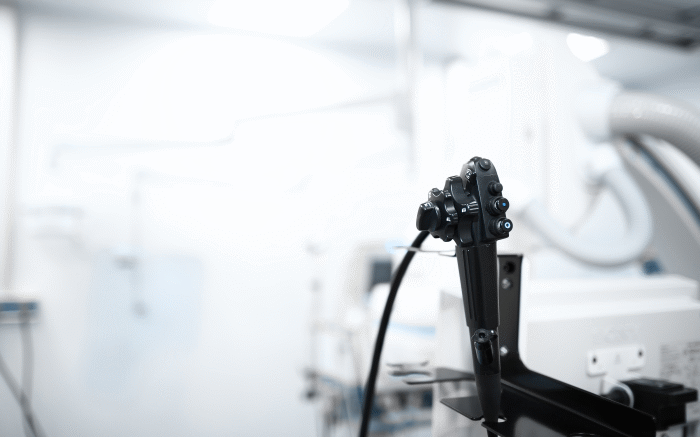The potential for aerosol generation during bronchoscopy to facilitate the transmission of multidrug-resistant bacteria remains incompletely understood. This study by Yang, et al. (2025) aimed to assess the risk of carbapenem-resistant Klebsiella pneumoniae (CRKP) transmission via aerosols during bronchoscopy in an intensive care unit (ICU).
The researchers collected eight samples from the ICU of a tertiary general hospital, including bronchoalveolar lavage fluid (BALF) samples from one patient with community-acquired pneumonia and one patient with hospital-acquired CRKP infection, as well as air samples collected at 1, 2, and 3 meters from the patients’ bedsides. The gene sequences of the isolates were determined using Sanger sequencing, and the sequence type (ST) of the strains was identified through multi-locus sequence typing (MLST). Phylogenetic and evolutionary analyses were performed using the MEGA program to construct maximum likelihood trees.
All samples tested positive for CRKP, with consistent antibiotic susceptibility profiles showing resistance to first-line antibiotics commonly used in clinical practice. All isolates were identified as ST11-type CRKP, and phylogenetic analysis revealed high homology among the eight CRKP isolates.
This study demonstrates that CRKP can be transmitted through aerosols up to 3 meters during bronchoscopy in the ICU, leading to hospital-acquired infections in patients in adjacent beds. These findings underscore the need for enhanced infection control measures during aerosol-generating procedures in high-risk settings.
Reference: Yang J, et al. Assessment of the risk of aerosol transmission of CRKP during bronchoscopy in the intensive care unit. Antimicrobial Resistance & Infection Control volume 14, Article number: 81 (2025)
